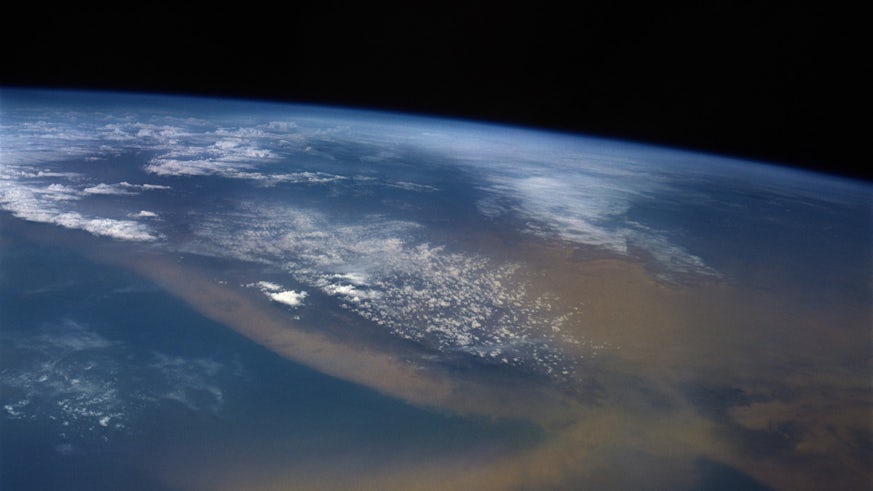Climate and health impacts of dust inaccurately represented, study finds
17 January 2024

The source and amounts of different types of mineral dust reaching the Earth’s atmosphere needs to be re-evaluated so its effects on human health and climate change can be more accurately understood, scientists claim.
The international team, led by Cardiff University, says existing models have over-estimated the role of North Africa as the primary source of global dust emissions for nearly thirty years leading to inaccuracies in our understanding of the impacts on rainforests, oceans and ice.
Instead, using an alternative model, they show how dust emissions shift seasonally and between hemispheres across deserts in East Asia, the Middle East and North Africa as well as shrublands in Australia and North America.
Presenting their findings in Science of The Total Environment and the Journal of Geophysical Research-Atmospheres, the team reveal a series of weaknesses in current dust emission models.
Lead author Adrian Chappell, a Professor in Climate Change Impacts at Cardiff University’s School of Earth and Environmental Sciences, said: “The presence of dust particles in our atmosphere is entirely normal and we see their effects in everything from build-up on car windscreens to vividly orange and red coloured sunrises and sunsets.
“To varying degrees, these emissions have positive and negative effects on our environment. Nutrients in deposited dust fertilise our oceans and rainforests but can also damage plants and trees and disrupt photosynthesis. Similarly, dust deposited on ice increases the melt speed by counteracting the reflective properties of ice.
“In these contexts, it is vital we have an accurate understanding of where dust emissions are coming from, in what quantities, how it is transported across the planet and where it ends up.
“Our study reveals significant shortcomings in calibrating models to dust hanging around in the atmosphere above North Africa and the Middle East as the primary sources all year round.”
Existing dust emission models are calculated assuming the Earth’s surface is bare.
Adjustments are made to account for ‘green’ photosynthetic vegetation, which is detected by satellite and thought to reduce the amount of dust emission.
However, current models exclude ‘brown’ non-photosynthetic vegetation common in drylands where most dust sources occur and also reduce dust emission.
To address this oversight, the team used shadows detected from satellites to quantify surface roughness, missed emissions and their seasonal variations from global sources.
They show the amount of dust emitted globally is much less than previously estimated and reveal Earth’s largest dust emissions occur in different regions across different seasons.

Professor Chappell added: “Current models have only been telling a fraction of the story based almost entirely on the North Africa Sahara and accounting for little to no dust at all in the southern hemisphere. Our re-appraisal shows an entirely different picture by acknowledging the significance of a seasonal and truly global dust emission procession.
“This is crucial because the properties of dust are different depending on where they originate. Not only that, but they also change as they are transported within the Earth’s atmosphere to different destinations where they settle on land, in our oceans and on icecaps.
“To make accurate projections and understand the true effects of dust on our climate and on human health we absolutely must remove these fundamental inaccuracies in current modelling practices.”
The team is further developing its dust emission model to use fine scale wind speed data to describe more accurately the way in which soil surfaces are protected against wind erosion and dust emission.
They say the update will give the model a more realistic representation of the Earth’s surface than those currently in use.
They hope their model will be used alongside other atmospheric monitoring techniques to better understand the impacts of dust on carbon cycling, land degradation, food security and sustainable development.



